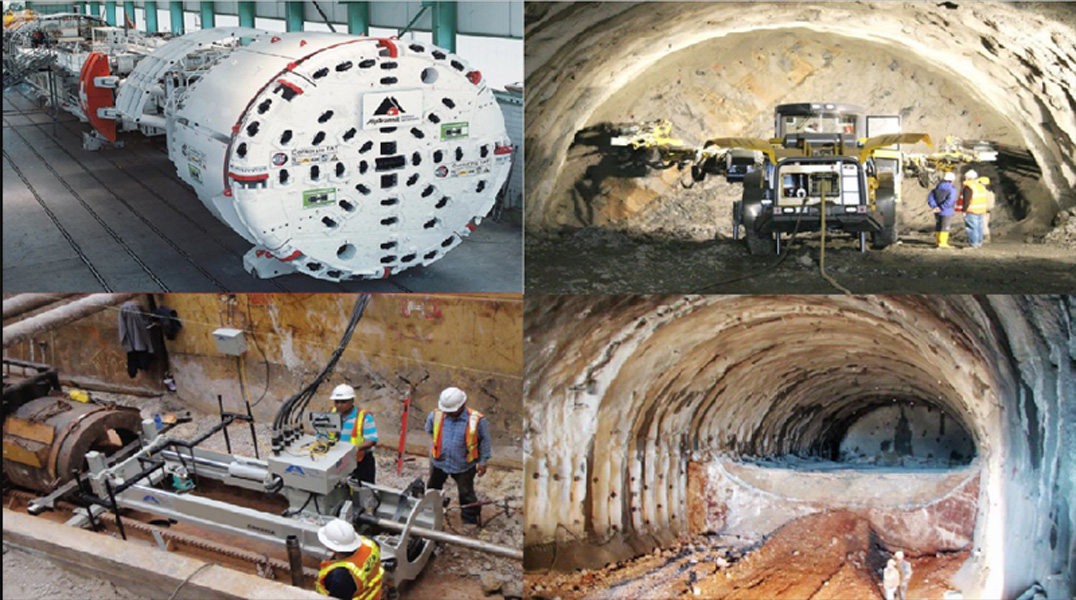'A strategy that considers specific aspects of the design that may affect the buildability
or logistics of constructing a project, or may affect health and safety aspects.
The Construction Strategy comprises items such as cranage, site access and accommodation
locations, reviews of the supply chain and sources of materials, and specific buildability
items, such as the choice of frame (steel or concrete) or the installation of larger items
of plant. On a smaller project, the strategy may be restricted to the location of site
cabins and storage, and the ability to transport materials up an existing staircase.'
Improve profitability by carefully selecting projects, prioritizing returns over volume,
seizing opportunities and synergies through coordination between the various construction
businesses and the group's other activities, creating value and gaining a competitive edge
by providing solutions and technology, improving productivity by using new technology,
always satisfying the customer needs (improving quality in construction, environmental
management.

Strategy is concerned with the means to meet ends, that is it is concerned with achieving
objectives. A strategy is also a set of rules for guiding decisions about organizational
behavior. Strategies may be explicit or implicit., kept within the senior management team
or pervading the organization to produce a sense of common direction.
The first perspective views strategy as planning mod. A strategy is worked out in advance,
is explicit and managers develop a systematic and structured plan to meet objectives. The
second perspective sees strategy as an evolutionary mode. From this viewpoint strategy
evolves over time, is not thought out and planned but is a stream of significant decisions.